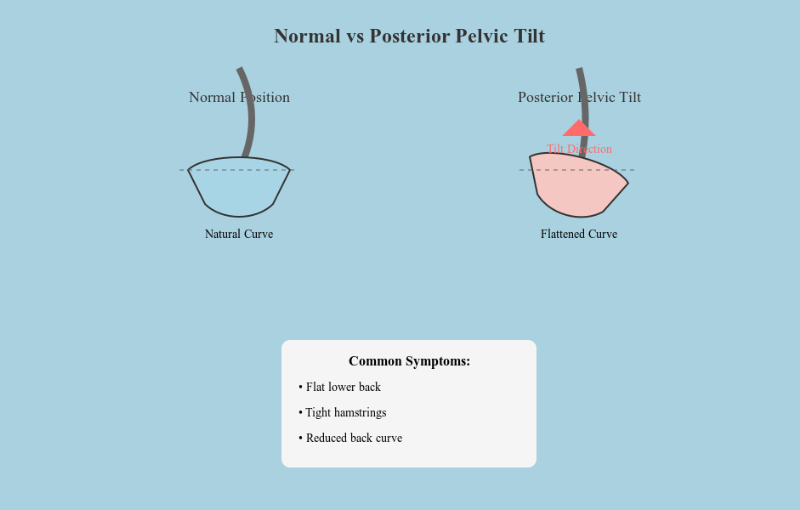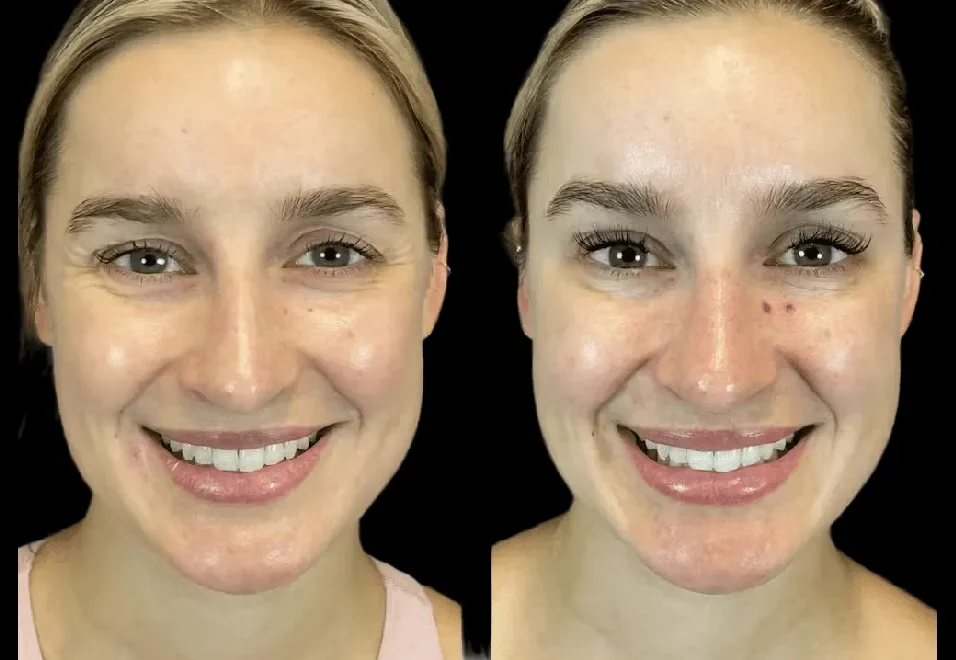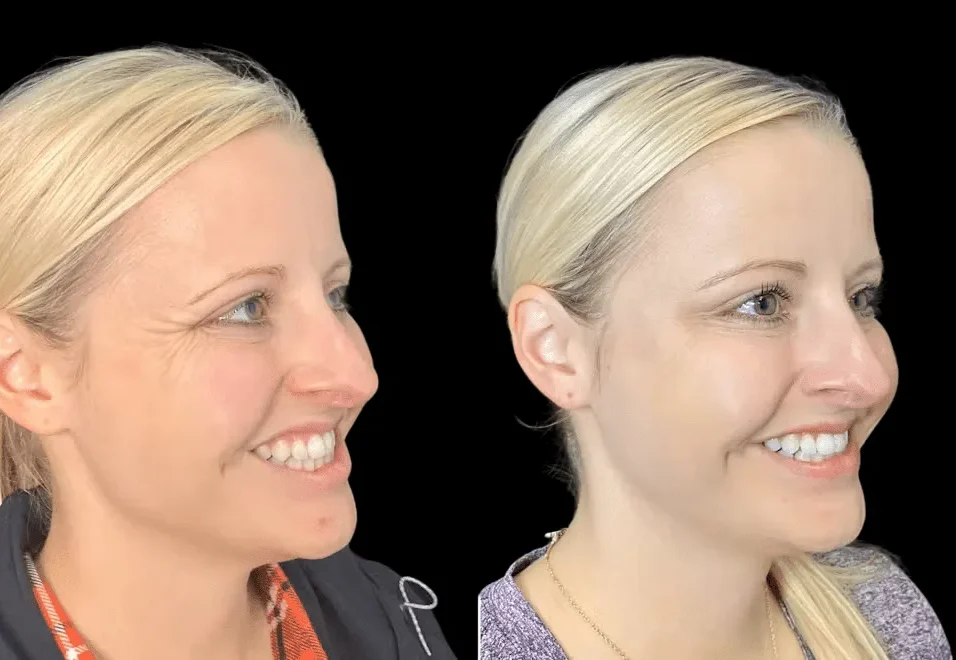Understanding Posterior Pelvic Tilt: A Patient’s Guide to Diagnosis and Treatment
Have you ever felt like your posture just isn’t quite right? Maybe you’ve noticed that your lower back looks flatter than it should, or you’re experiencing unexplained back pain. These could be signs of posterior pelvic tilt, a common condition that affects many people, especially those who spend long hours sitting.
What is Posterior Pelvic Tilt?
Think of your pelvis as a bowl of water. When everything is aligned correctly, the bowl should be slightly tipped forward. But with posterior pelvic tilt, the bowl tips backward instead. This might not sound like a big deal, but it can cause quite a few problems for your body.
Recognizing the Signs
When it comes to posterior pelvic tilt symptoms, your body has different ways of telling you something’s not right. Here are some common signs to watch for:
Do you want to visit Char Dham? Char Dham Travel Agent is the best place to plan your Char Dham tour. You can book the tour from here.
- A flattened lower back instead of a natural curve
- Tight hamstrings that feel like they’re always pulled
- Lower back pain that gets worse after sitting
- Hip discomfort that comes and goes
- Poor posture, especially when standing
- Feeling like you’re tucking your tailbone under
The Muscles Involved
Understanding posterior pelvic tilt muscles helps us see why this condition happens. Several muscle groups play important roles:
- Abdominal muscles (sometimes too tight)
- Lower back muscles (often stretched)
- Hamstrings (typically shortened)
- Hip flexors (usually lengthened)
When these muscles aren’t working together properly, they can pull your pelvis into the wrong position.
How Chiropractors Find the Problem
At practices like Legacy Clinic of Chiropractic in The Villages, FL, chiropractors use several steps to check for posterior pelvic tilt:
Would you like to visit Indiar? A tour operator in India is the best place to plan your tour. You can book a tour from here.
- Visual Assessment
- Looking at your standing posture
- Checking how you walk
- Observing your sitting position
- Physical Examination
- Feeling the position of your pelvic bones
- Testing muscle strength
- Checking joint movement
- Movement Tests
- Watching how you bend and stretch
- Testing your balance
- Checking how well you can move your hips
Treatment Approaches That Work
Getting better involves several steps:
- Hands-on Adjustments
- Gentle movements to help align your pelvis
- Soft tissue work on tight muscles
- Stretching exercises you can do at home
- Exercise Programs
- Simple stretches for tight muscles
- Strengthening weak muscle groups
- Balance exercises to improve stability
- Lifestyle Changes
- Better ways to sit at work
- How to stand correctly
- Tips for sleeping positions
Daily Habits That Help
Small changes can make a big difference:
- Take regular breaks from sitting
- Use a supportive chair
- Do simple stretches throughout the day
- Stay active with walking or swimming
- Pay attention to your posture while using phones or computers
Prevention Tips
Stopping the problem before it starts is always better:
Would you like to visit Haridwar? Travel agents in Haridwar are the best place to plan your trip. You can book your tour right here.
- Move More
- Take short walks during work breaks
- Stand up every 30 minutes
- Do simple exercises at your desk
- Set Up Your Space
- Adjust your chair height
- Position your computer screen properly
- Use a standing desk sometimes
- Stay Active
- Try different types of exercise
- Keep your core strong
- Stay flexible with stretching
When to Get Help
You should think about seeing a chiropractor when:
- Your back pain doesn’t go away
- You notice your posture getting worse
- Exercise isn’t helping
- Daily activities become uncomfortable
- You’re worried about your spine health
The Road to Recovery
Getting better takes time and patience. Most people see improvements within a few weeks of starting treatment, but everyone’s journey is different. The key is staying consistent with your exercises and following your chiropractor’s advice.
Looking Ahead
Remember that fixing posterior pelvic tilt isn’t just about feeling better today – it’s about preventing problems tomorrow. By understanding your body and taking care of it now, you’re investing in your future health.
Wrap-Up
Living with posterior pelvic tilt doesn’t have to be permanent. With the right help, exercises, and daily habits, you can improve your posture and feel better. The most important step is recognizing the problem and deciding to do something about it.
Remember, your body is designed to move and feel good. If something doesn’t feel right, don’t ignore it. Talk to a healthcare professional who can help you get back to feeling your best.
Take care of your posture today, and your body will thank you tomorrow!






